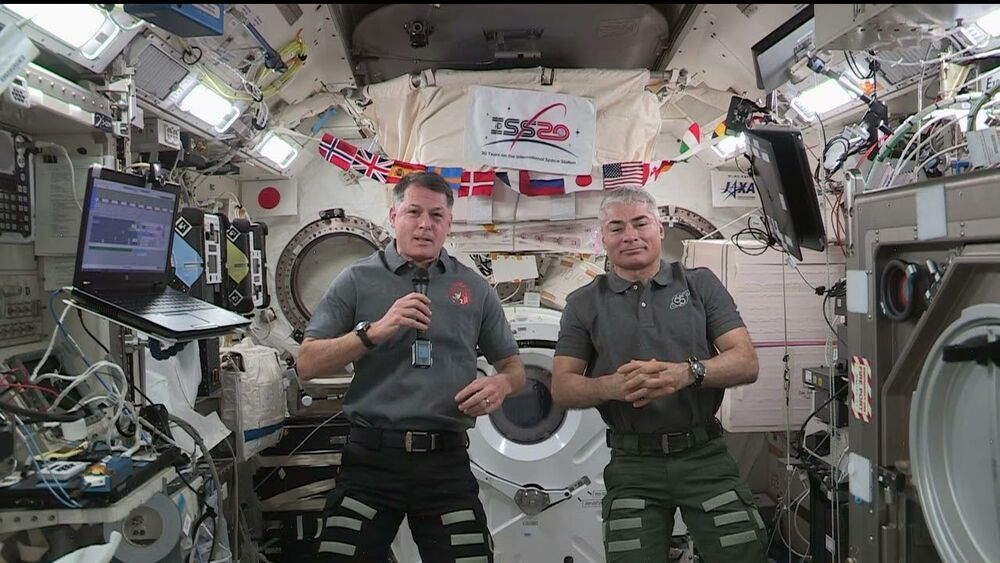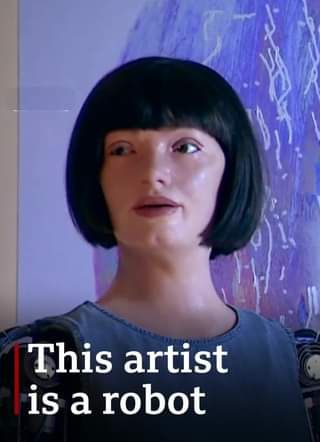While other energy superpowers such as the United States, Saudi Arabia, and Russia have clung to their prodigious oil and gas industries to varying degrees, China has gone all-in on establishing their own energy security and independence, a large portion of which will soon be sourced from clean energy resources.
As the global energy transition accelerates, China appears to be miles ahead of the competition when it comes to securing itself for a future without fossil fuels.









